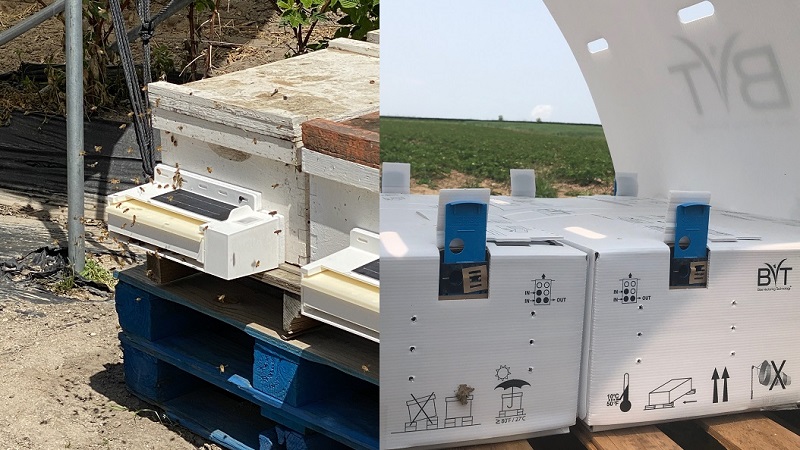What Almond Growers Should Consider In Case Of Rain
California may have already received some rain this week by the time this article appears, but if the meteorologists are right, there’s a lot more due to arrive this weekend. (Knock on wood, cross your fingers, whatever it takes. The Modesto Bee featured a front page photograph of growers and other people praying for rain at one of the city’s largest churches, and they certainly aren’t the only ones who’ve been praying of late.)
It would come at bloom-time for almonds, but then again, beggars can’t be choosers. Besides, many varieties, including Nonpareil, are past peak bloom. Still, if this coming storm is as big as expected, a fungicide spray may be warranted, according to “The Almond Doctor,” University of California Cooperative Extension Farm Advisor David Doll’s blog.
However, there are numerous considerations to keep in mind before spraying, according to Doll. Some you probably know, such as the fact that a spray application needs to dry in order to be effective. But the good news is a spray made after a rainfall is effective, as long as it’s made within two days after the rainfall. Also, he adds that if making an application after a rainfall, a stronger chemistry should be used.
Doll makes some other points you may not have considered, such as the fact that it’s important to assess your accessibility to various orchard blocks after a storm. “If a lot of rain is forecasted and falls, it will be difficult to get across blocks with clay to loam soils,” he notes. “If running behind schedule, it may be prudent to spray these blocks prior to the rain and spray blocks planted in sandier soils after the rain.”
Here is the good doctor’s full list of almond bloom spray considerations.









